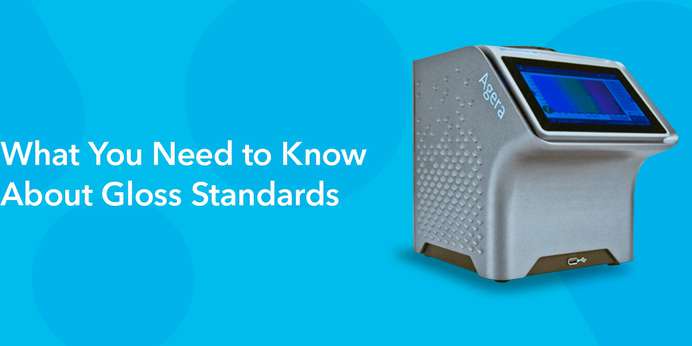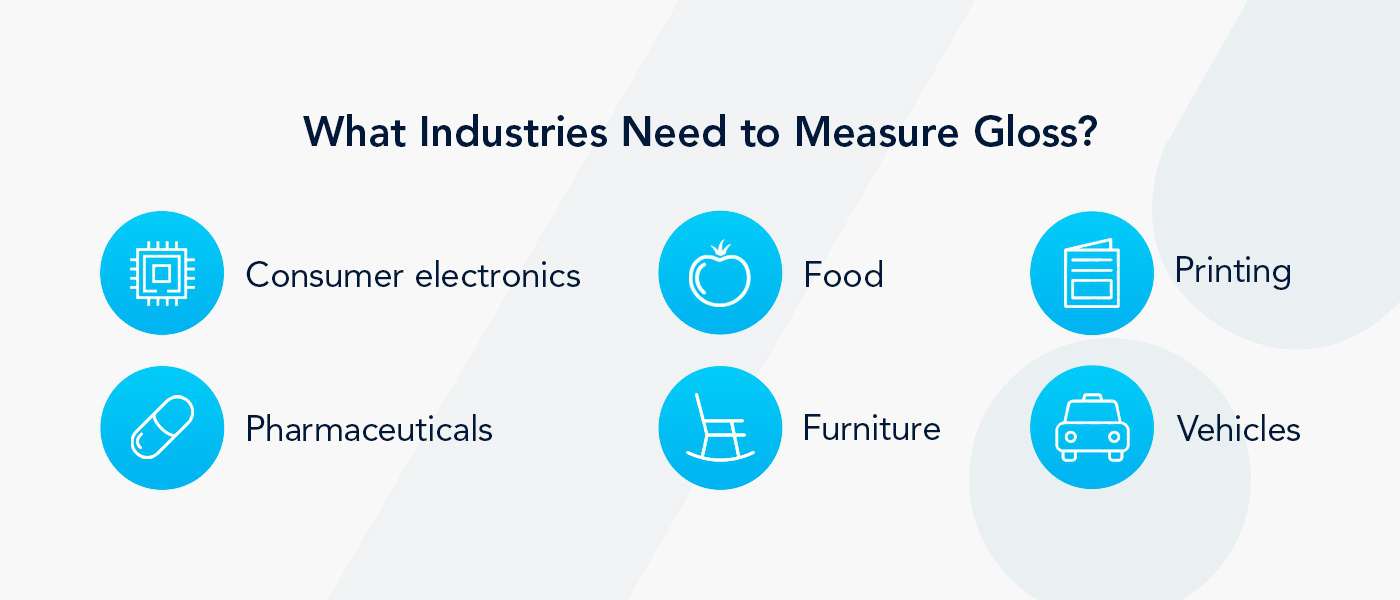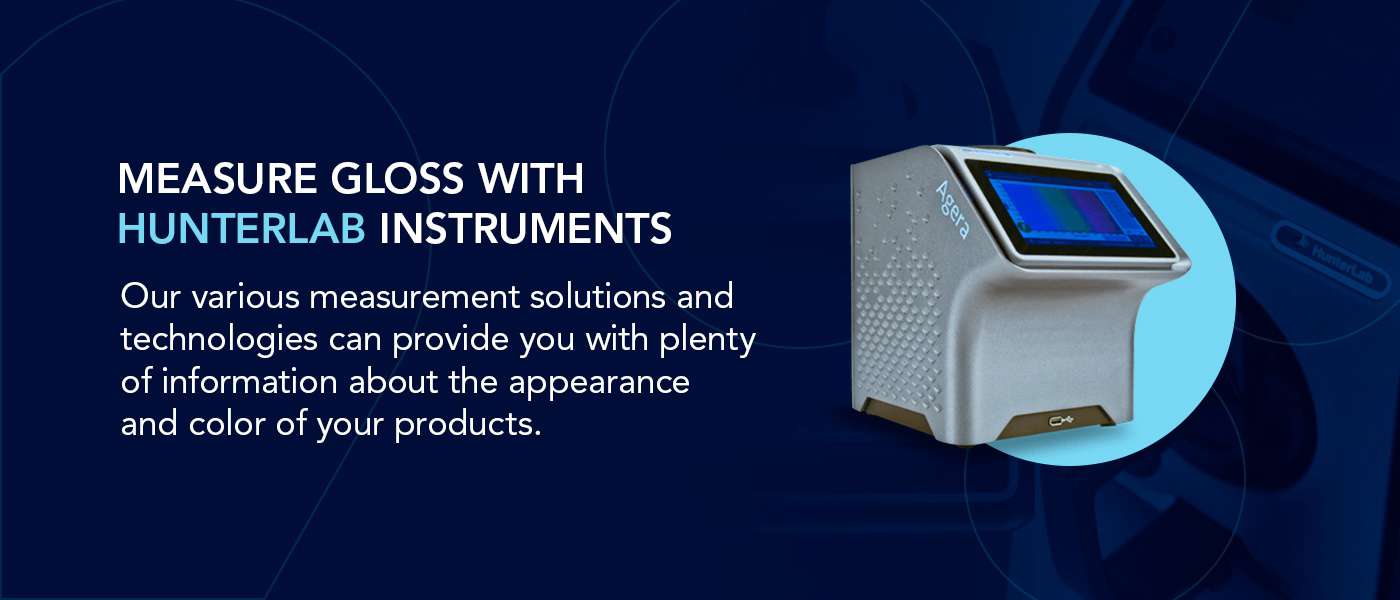
From High gloss, to semi-gloss, to matte surfaces, the gloss level of any given material or object has a direct impact on the human visual perception of that material or object. Companies strive to achieve specific levels of gloss of their products for both functional reasons, and to improve the appearance of their products and help them stand out from the competition. It is, therefore, important that companies know how to measure gloss as proper guidelines will help companies consistently produce high-quality products.
Below, learn more about what gloss is, why it is important, and how it is measured. You may also want to know more about the kinds of industries that rely on gloss and how companies can meet gloss standards, which we will expand on.
What Is Gloss?
Gloss is the reflection of incident light from the surface of an object. The Reflection Law states that the incoming angle (the angle of incidence) is equal to the outgoing angle (the angle of reflection) denoted as Ɵi = Ɵr. For a wave that is incident on the boundary between two media, a reflection occurs.
When surface imperfections at the boundary are small (compared to the wavelength of the incident light), the reflection is specular, and an image of the source is observed. An example would be the coatings used on automobiles, which are typically high-gloss and reflect a mirror image of their surroundings.
Diffuse Reflection is overwhelmingly more common and happens when the surface of the object is not smooth but rough or textured. Here, the light scatters in random directions. Diffuse reflection does not preserve an image of the source. A typical example is a low gloss or matte finish paint used on interior walls of houses and other buildings.
Of course, it is also possible to have a mixed reflection (specular + diffuse), over which light is scattered in distribution about the specular. Mixed reflections include semi-gloss samples, where an image of the source is observed but not well defined.
From a functional standpoint, controlling the gloss of manufactured products is critical for manufacturers to ensure batch-to-batch consistency, and to achieve the desired result for their products. Consumers do not want high-gloss mirror-like finishes on their interior walls, and they typically do not desire low-gloss low-sheen coatings on their automobiles (though this is a trend in some markets).
And, since gloss levels directly impact consumer psychology and can make people give an object a second look, companies like to outfit their products with packaging and surfaces featuring specific gloss finishes to improve their visual appearance, potentially increasing sales.
Why Measure Gloss?
The first step in controlling gloss levels is being able to measure them. The gloss appearance of an object can be affected by several factors, such as the texture of the substrate, the smoothness of the material itself, and even film thickness of coatings applied to an object or surface. With all the factors that can affect gloss’s appearance, companies regularly measure gloss to ensure all their products have a consistent look.
Not measuring gloss on a product can lead to several problems. For example, coatings manufacturers typically use gloss additives to achieve specific levels of gloss. Too much or too little can affect not only the coatings appearance when dried but also the coatings flow and leveling, curing times, adhesion, and long-term durability. Gloss levels also change the visual perception of the color of the surface or object. Coating a smooth surface and a textured surface with the same coating will result in the smooth-coated surface appearing much darker than the textured coated surface.
How to Measure Gloss?
Gloss is measured using a gloss meter, which functions by assigning a gloss unit (GU) to a measured surface. The gloss meter projects an incident light onto the surface. At an equal but opposite angle, the gloss meter measures the amount of reflected light. Typically, in industry, three angles are used to measure gloss, depending on the gloss level desired. High-gloss surfaces with a GU of 70 or above should be measured using a 20° gloss meter. Semi-gloss surfaces with a GU range of 10-70GU should be measured using a 60° gloss meter. Low-gloss surfaces having a GU below 10 should be measured using an 85°angle on a gloss meter.
What Is a Gloss Unit?
A GU is a measurement used for gloss. A standard GU measurement scale of gloss meters is determined by a reference black glass standard. This black glass is highly polished and features a defined refractive index that, when placed at a specific angle, has a 100GU specular reflectance. GUs are determined through this standard, as 100GU establishes an upper point calibration on a matte surface that can then be used to find how many GUs a product’s surface has.
These 100GU gloss meters are appropriate for most non-metallic coatings and materials, such as plastics and paints. For more reflective materials, like mirrors or plated metal parts, companies use gloss meters with a higher upper calibration, regularly going up to 2,000GU.




